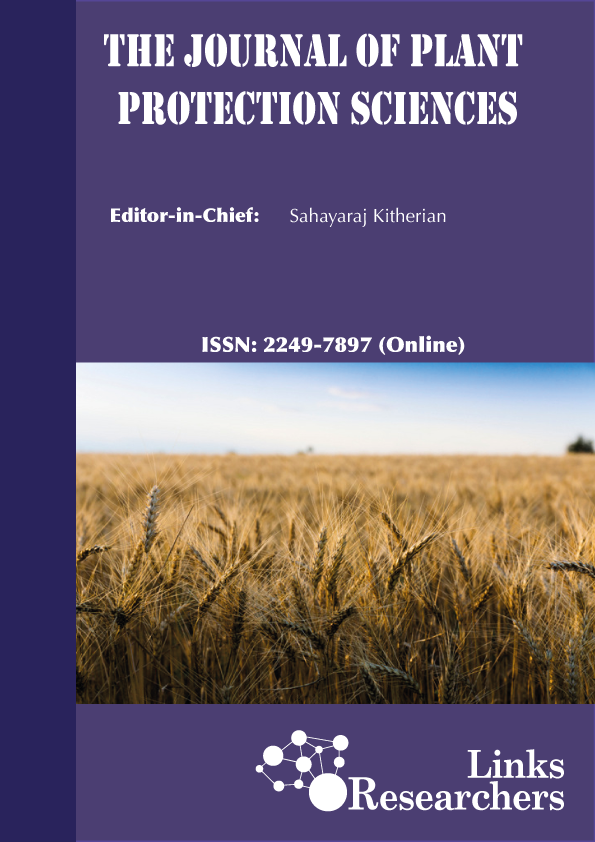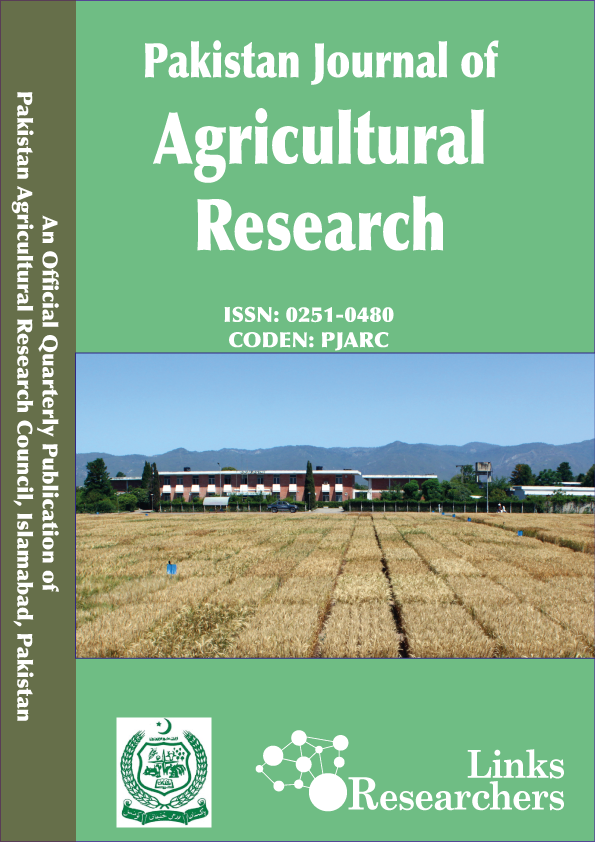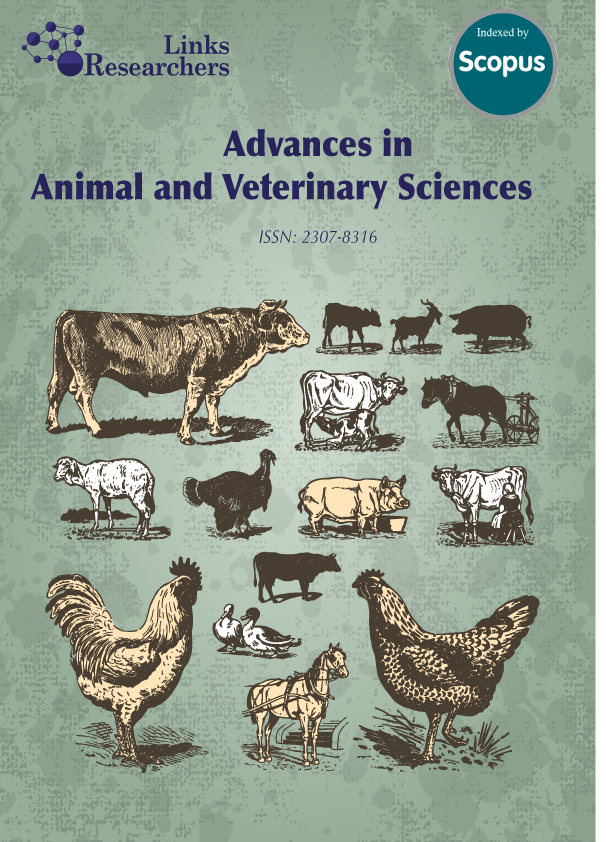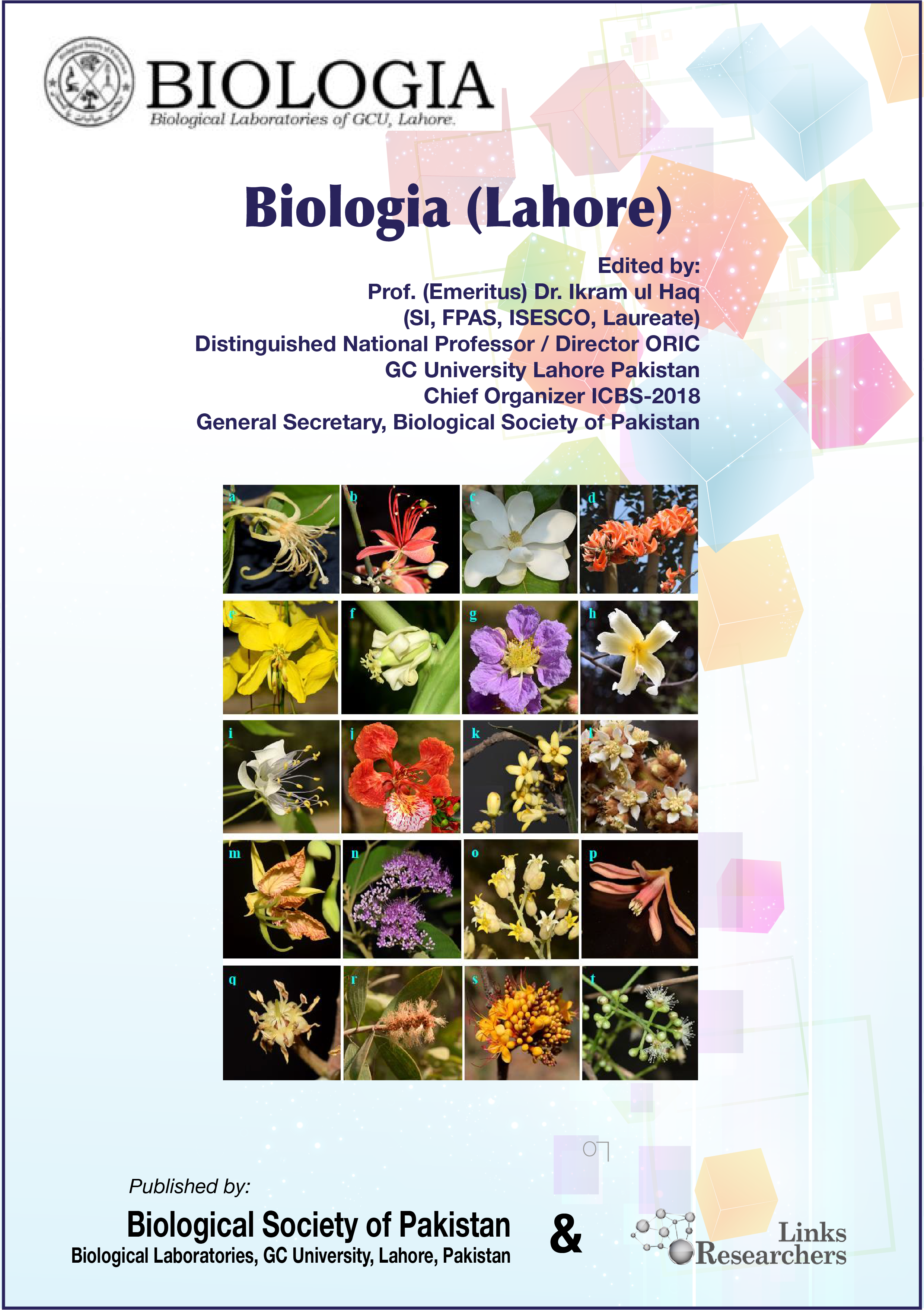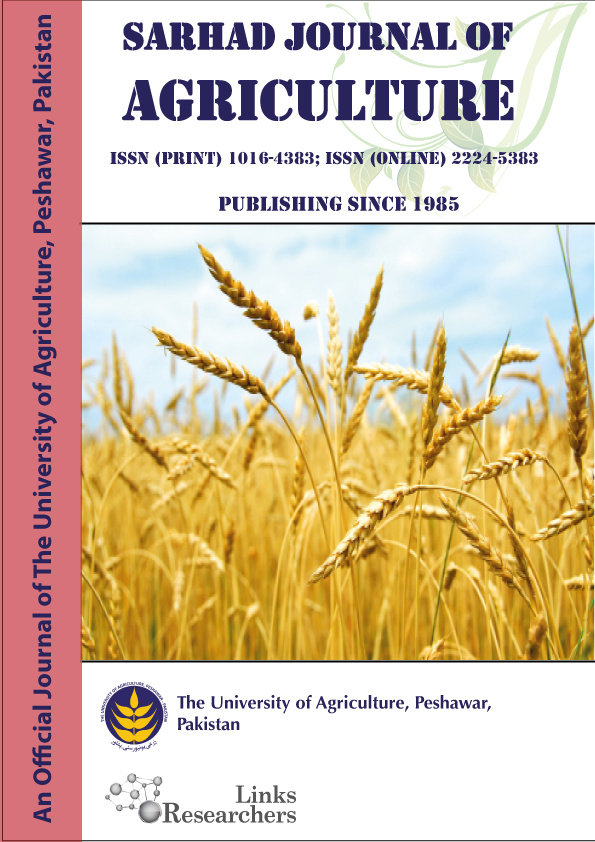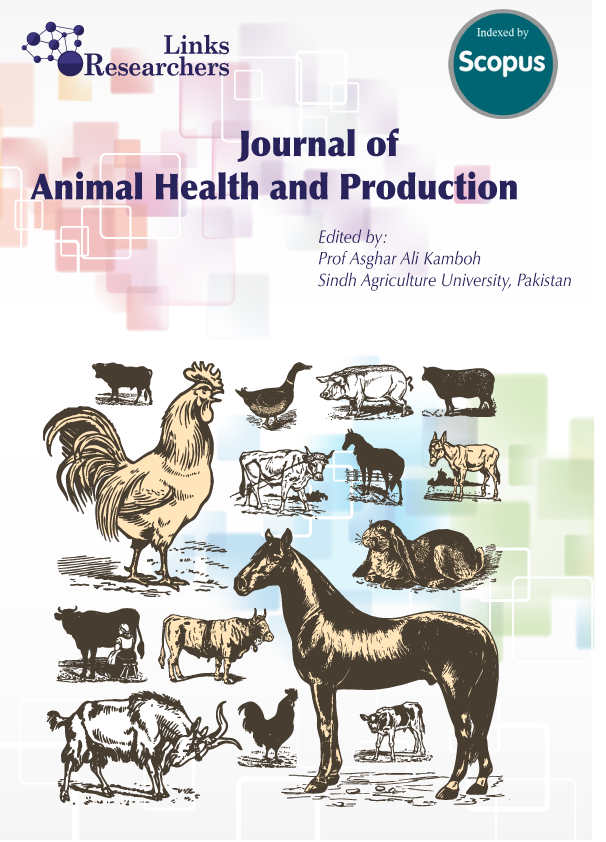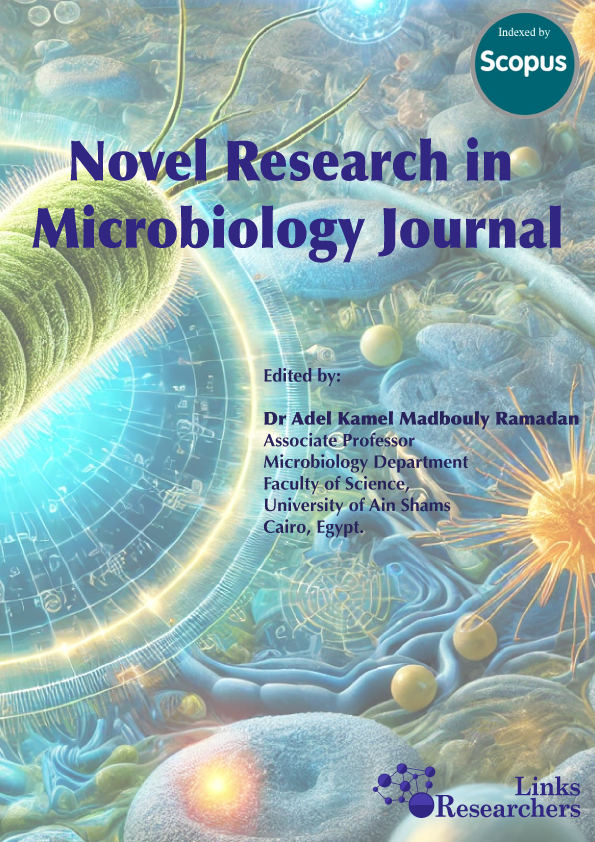Manzoor Hussain*, Miloslav Zouhar and Pavel Rysanek
A. K. Chaubey and Satyandra Kumar
Muhammad Hidayat Rasool*, Abuzar Muhammad Afzal*, Abu Baker Siddique*, Waseem Akram**, Muhammad Saqalein*, Madiha Basit* and Muhammad Farooq Tahir***
Misbah Ali1, Safdar Ali1, Muhammad Ahmad Zeshan2*, Rana Binyamin3, Nadeem Ahmed4, Muhammad Usman Ghani5 and Awais Ahmed Khan2
Amthal Ahmed Fouad1, Basem Mohamed Ahmed2, Momtaz Abdelhady Shahein1, Hussein Aly Hussein2*
Shaista Ilyas1, Safdar Ali1, Amer Habib1, Misbah Ali1,2, Muhammad Ahmad Zeshan3*, Yasir Iftikhar3, Muhammad Usman Ghani4,5 and Muhammad Umair1
Saad Tahir, Nadeem Ahmed*, Mohsin Ahmad Khan, Muhammad Akram, Rabia Abbas and Kausar Malik
Ram Prasad Ghimire
Deni Novia*, Indri Juliyarsi, Rizki Dwi Setiawan, Clara Mustika, Cindi Melani
Nawab Ali1, Akeel Ahmed Memon1, Asmatullah kaka1, Amjad Hussain Mirani2, Muhammad Ibrahim Panhwar3*, Nisar Ahmed Solangi1, Kashif Ali Malik1, Fazul U Rahman1, Moin Akhtar Vistro1
Roy Sukbir Singh1, Jekson Martiar Siahaan2,3*, Endy Juli Anto4, Syafruddin Ilyas5, Putri Eyanoer6, Hendrika Andriani7,8
Asfand Yar Khan1, Syed Saleem Ahmad1*, Muhammad Avais1 and Kamran Ashraf2
Salwa M. Masoud1; Hend A. Refat2; Nada S. Sayed2; Mohamed K. Abd-El Aal2; Ahmed A. Dosocky2; Zeinab S. Mohammed3; Mohamed A. H. Abdel Wahab3; Dina M. Mekawy3; Ali I. Ali4; Basma A. Atya4; Katren T. Welliam4; Rehab M. Abd El-Baky1, 5; Zeinab S. Hashem1*


